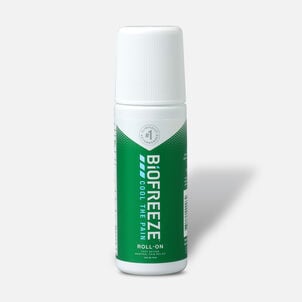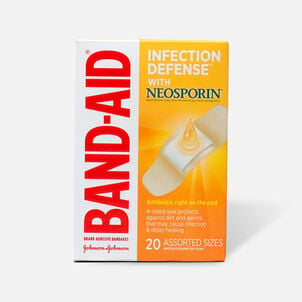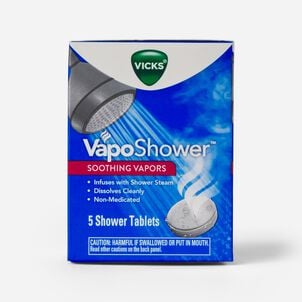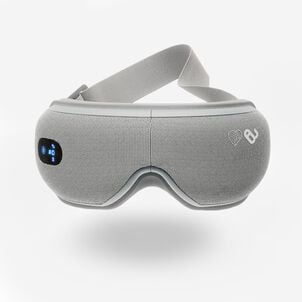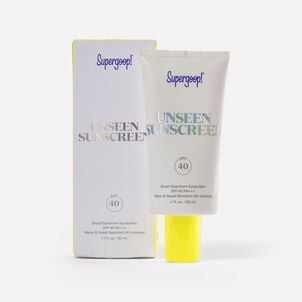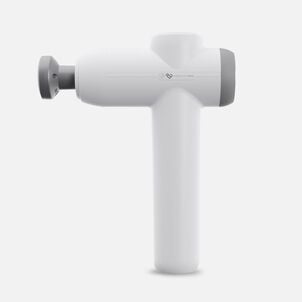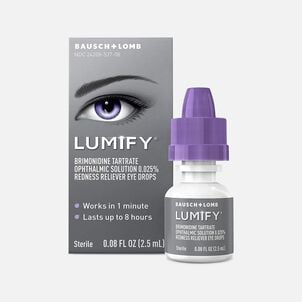If you're a young adult, you probably have a lot of different expenses competing for your paycheck right now — everything from rent, to student loans, to night fun costs money, so it's important to choose where you spend it carefully.
And if you've ever looked into what a Health Savings Account (HSA) is all about, you've probably seen a lot of information about how it can help you save for your future. And it's true — the benefits of opting into a high-deductible health plan (HDHP) with an HSA are often associated with the savings you'll want to have later on in life.

The big picture
While retirement benefits are certainly appealing for the future, you may be wondering how an HSA can help you right now. After all, if you're a millennial or younger, 65 is still several decades away — so why should you be putting your hard earned cash into an HSA instead of spending it?
Well, because an HSA offers a lot more than just a regular retirement account. Unlike a 401(k), you'll start to see the benefits as soon as you open it.
What is an HSA?
An HSA is a type of savings account that is specifically meant to help you pay for health expenses by allowing you to use pre-tax dollars to pay for them. (Essentially, every dollar you put into your HSA is a dollar you don’t have to pay income tax on.) You can then use that pre-tax money on thousands of eligible health expenses. And that pre-tax savings can really add up.
Your HSA can be used to pay for doctor visits, insurance deductibles, copayments, prescriptions, and many other expenses — including many of the health products you use every day. That includes things like sunscreen (SPF 15 or higher), allergy and pain relief meds, wearable tech, and much more. Check out our full eligibility list to see what qualifies for purchase with your pre-tax dollars.)
Smart savings
As a Millennial or Gen Z-er, you may not need much more medical care than your annual physical and dental cleaning every year. And you may not be taking prescription meds on a regular basis. If that’s true for you, then you probably don't find yourself using your health insurance very often.
So, you might ask yourself, “Why pay more for something I’m not using much?” When you opt into a high-deductible health plan with an HSA, less of your paycheck will be going toward your premium, meaning more money goes directly into your wallet — and you can spend it on other expenses that may be more pressing in your life.
In fact, a lot of Millennials and Gen Z-ers, in an attempt to stay on track with their savings goals, are looking for innovative investment opportunities and tactics to save for the future. According to data from the Charles Schwab 2022 401(k) Participant Study, 48% of Millennials and Gen Z-ers who are offered the option to contribute to an HSA choose to do so.
HSAs offer an opportunity to save beyond the 401(k)
HSAs are uniquely positioned to both help combat rising healthcare costs now and in the future. These accounts, which are only available when paired with a qualifying high-deductible health plan are “triple tax advantaged.” First, the money added into these accounts isn’t taxed. Second, account holders can spend money on qualified health expenses tax-free, and third, they can invest their HSA funds and all gains are tax-free. HSAs belong to the employee (not the employer) and the funds in them never expire — all unused funds roll over from year to year.
When it comes to using an HSA in retirement (65+), account holders can spend their HSA money tax-free for health-related expenses. And after reaching retirement age, they can use it for anything else, too — even non-healthcare related expenses — but it will be taxed as income. This can be especially useful considering the average person is expected to spend over $150,000 on medical expenses in retirement, outside of what is covered by Medicare.
HSAs just make sense
HSAs can be your emergency medical savings: Your healthcare costs are likely to be lower in your 20s and 30s than when you're older, but that doesn't mean that you won't ever get hit with a big bill. Medical expenses often come when you least expect them. In fact, about a quarter of Millennials and Gen Z-ers with medical debt have it because of an accident or injury.
HSAs can also help you pay for certain healthcare, vision, and dental costs: HSAs can be helpful for purchasing everyday health expenses. Over-the-counter products such as pain relievers, allergy medicine, sunscreen, and acne treatments can all be paid for with HSA funds, saving you up to 30% on these routine costs.* Copays for doctor visits, prescriptions, dental cleanings, braces, eye exams and eyewear count, too. Even LASIK eye surgery can be paid for with an HSA.
HSAs can help you save for future medical expenses: Unlike flexible spending accounts (FSAs) that have a "use it or lose it" rule, the money in an HSA stays in your account year after year. So, if you're saving up for something big — such as fertility procedures or medically necessary surgery — HSA money could help you fund it.
Another bonus is that whatever is left can be used in retirement. According to the Fidelity Retiree Health Care Cost Estimate, an average retired couple age 65 in 2023 may need approximately $315,000 saved (after tax) to cover healthcare expenses in retirement. An average individual may need $157,500 saved (after tax) to cover healthcare expenses in retirement. Contributing to your HSA early and often and investing those savings can help you better afford medical care later. The contribution limit for 2024 is $4,150 for individual coverage and $8,300 for family coverage.
HSAs can grow on their own over time: Funds in an HSA can be invested, giving that money the potential to grow just as in any other investment account. And if you invest early, you could benefit from compound growth. The new money that you've made has the potential to also make money if you keep it invested. This can increase your growth potential the longer you keep your money in the market, though investing isn't without risk of loss.
Employers may help fund your HSA: Many employers match contributions you make to your HSA. That means that for every dollar you put in, they may also put in a dollar, up to a certain limit. Or some employers may opt to contribute a lump sum to your HSA, often at the beginning or end of the year. In 2022, 26% of all dollars contributed to an HSA came from employers, with the average employer contribution being $869.
HSAs help mitigate the unexpected: Life is full of surprises — unfortunately, some of those are medical expenses. But if you have money set aside in an HSA, you'll have money to help you cover those costs. And if you don’t have money in your HSA, you can still benefit from having the account open: If you save your receipts for qualified expenses that you initially paid for out of pocket (like a prescription, copay, SPF, or over-the-counter meds), you can wait until you add money into your HSA, and reimburse yourself for that cost with pre-tax HSA dollars. Just make sure you save your receipts to verify that you reimburse yourself for a qualified expense.
During open enrollment, compare your employer’s healthcare coverage offerings. With a qualified HDHP, an HSA can save you a lot of money on health costs now — and help you save money for retirement later. For more information, talk to your HR or benefits administrator.
-
Thank you for visiting the HSA Store Learning Center. Don’t forget to follow us for more helpful tips on Facebook, Instagram, and Twitter.
*Assumes pre-tax HSA contributions and average tax rates, including state, federal and FICA taxes. For illustrative purposes only. Individual earnings may vary. Note: 2024 annual contribution limits are $4,150 for single plans and $8,300 for family plans. Pre-tax HSA contributions not used for qualified medical expenses are subject to a 20% income tax penalty. Not all HSAs are exactly the same. Be sure to check with your benefits administrator to confirm if something is eligible before making a purchase.


.png)


